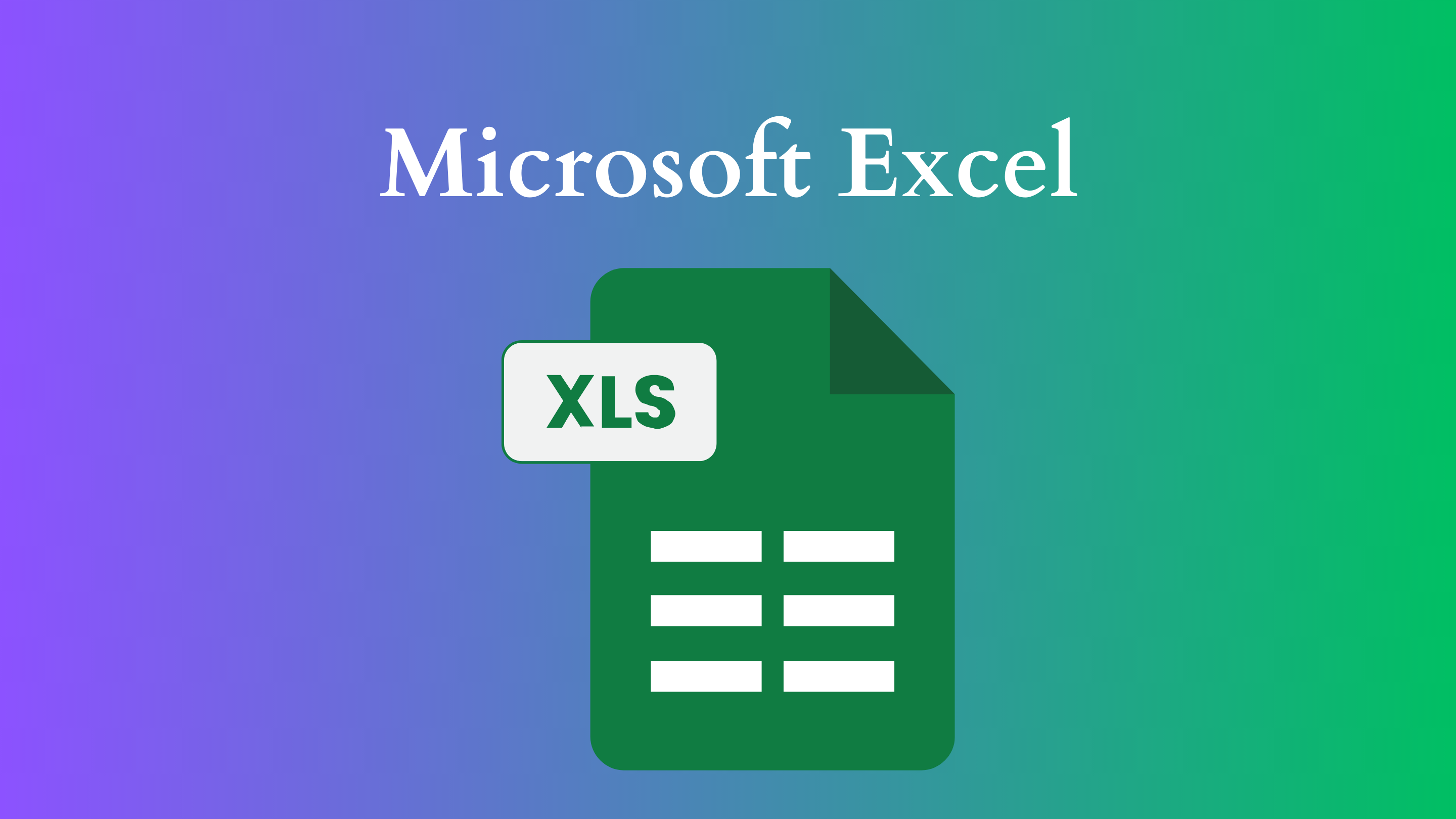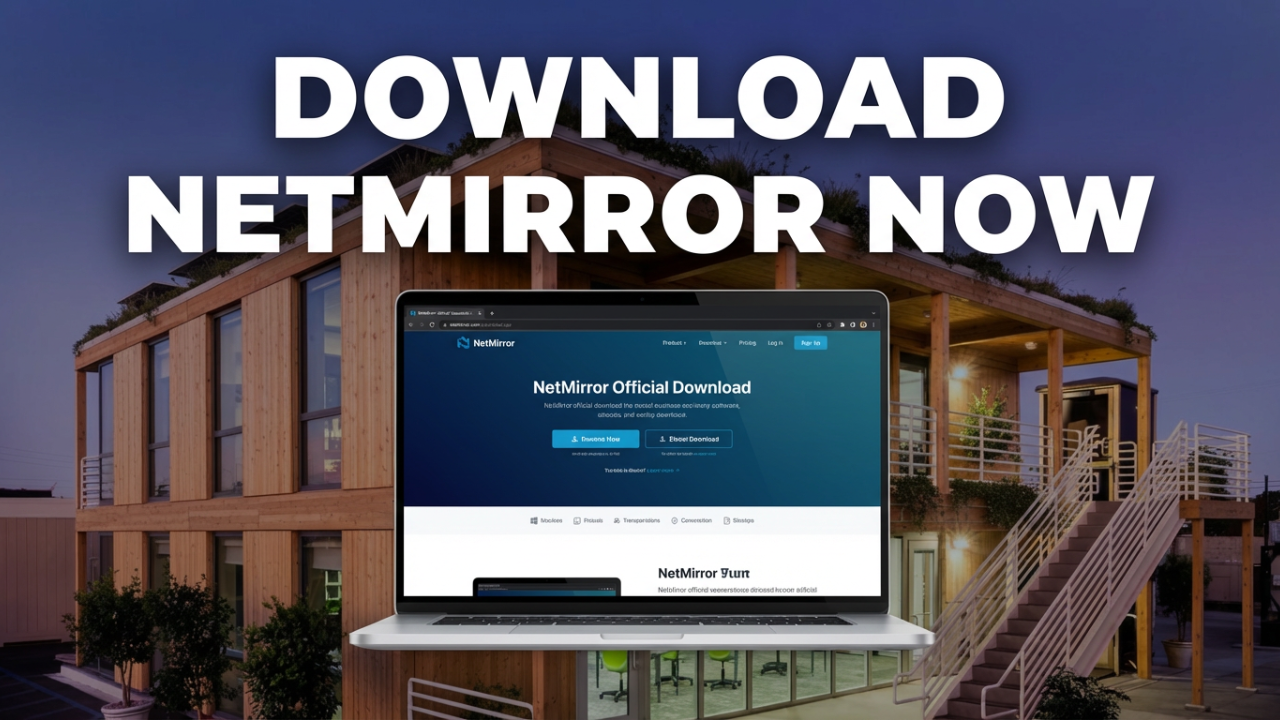Unlocking the Power of Microsoft Excel: A Comprehensive Guide
Microsoft Excel is a powerful spreadsheet application that has become a staple in both the corporate world and personal use. Whether you’re a seasoned analyst crunching numbers or a student trying to manage your budget, Excel offers a plethora of tools that can make data management, analysis, and visualization easier and more effective. In this blog post, we will explore the various features and functionalities of Microsoft Excel, how it can be used across different fields, and tips to maximize your productivity.

A Brief Overview of Microsoft Excel
Launched in 1985, Microsoft Excel has evolved from a simple spreadsheet tool into an advanced platform that integrates numerous functionalities. It is part of the Microsoft Office Suite, which is widely utilized in businesses, educational institutions, and homes around the world. With user-friendly features, Excel facilitates activities such as data entry, calculations, and the generation of graphs and charts, making it indispensable for both novice and experienced users.
Core Features of Microsoft Excel
1. Spreadsheet Basics
At its core, Excel operates on the spreadsheet model, consisting of a grid of rows and columns. Each intersection of a row and column forms a cell, where users can input data such as text, numbers, or formulas. Understanding how to navigate and manipulate cells is fundamental for anyone looking to leverage Excel’s capabilities.
2. Formulas and Functions
One of Excel’s most powerful features is its ability to perform calculations through the use of formulas and functions. Basic arithmetic operations can be executed easily, but more complex functions like VLOOKUP, SUMIF, COUNTIFS, and INDEX-MATCH facilitate sophisticated data analysis. Learning to use these functions can greatly enhance your analytical abilities and efficiency.
3. Data Visualization
Excel empowers users to create various forms of data visualization, including charts and graphs. With options like bar charts, pie charts, line graphs, and pivot charts, users can visually communicate data insights, helping stakeholders grasp complex information at a glance. Conditional formatting serves as an additional visual aid, allowing users to highlight important data points based on predefined criteria.
4. Data Management Tools
Managing large datasets can be daunting; however, Excel provides tools like sorting, filtering, and conditional formatting to make this task easier. PivotTables, a standout feature, allow users to summarize and analyze data efficiently. By rearranging the data to focus on specific aspects, users can derive insights quickly without extensive manual calculations.
5. Collaboration and Integration
Modern Excel versions excel in collaboration features. With Excel Online, users can share workbooks in real-time and collaborate with team members remotely. Furthermore, Excel integrates well with other Microsoft Office tools—data from Word documents or presentations can be seamlessly incorporated into spreadsheets, ensuring a smooth workflow.
Applications of Microsoft Excel
Business Analysis and Finance
In the corporate world, Excel is a principal tool for financial analysis and reporting. Professionals rely on it for budgeting, forecasting, and tracking key performance indicators (KPIs). Expense tracking, investment analysis, and sales projections are common applications of Excel in finance departments.
Data Analysis for Research
Research professionals frequently utilize Excel for data input and analysis. Its ability to handle large datasets and perform various statistical analyses makes it invaluable for academic research, survey analysis, and scientific studies. The ability to create visual representations of data helps in presenting findings in a clear and compelling manner.
Project Management
Project managers can benefit from using Excel to create Gantt charts, schedules, and resource allocation sheets. Excel’s ability to organize information and track project progress makes it a handy tool for managing tasks and deadlines efficiently.
Personal Productivity
On a personal level, individuals use Excel to manage their finances, track personal projects, create to-do lists, and even plan events. The versatility of Excel means it can be adapted to almost any personal need, fostering productive habits and better organization.
Education
Students and educators utilize Excel for various academic purposes, from organizing notes and making class schedules to performing statistical analyses for projects. Excel not only aids in educational tasks but also equips students with a valuable skill that is highly sought after in the job market.
Tips for Maximizing Your Excel Usage
- Master Keyboard Shortcuts: Familiarizing yourself with Excel keyboard shortcuts can drastically reduce the time you spend navigating the interface. Common shortcuts like Ctrl + C for copy and Ctrl + V for paste are essential, but advanced shortcuts for data manipulation can enhance productivity further.
- Utilize Templates: Excel offers a variety of templates that can jump-start your projects. From budget templates to calendars, these pre-designed sheets save time and provide structure.
- Learn Data Validation: Implementing data validation helps maintain data integrity. By restricting user input types (like numerical entry for age, or dropdown lists for categories), you can prevent errors in data entry.
- Experiment with PivotTables: While they may appear complex at first, PivotTables are incredibly powerful for data summarization. Invest the time to learn this tool, as it will pay off tremendously when analyzing large datasets.
- Stay Up-to-Date with New Features: Microsoft frequently updates Excel with new features. Staying informed about the latest tools, such as the integration of artificial intelligence features, can help you take advantage of all that Excel has to offer.
Conclusion
Microsoft Excel is more than just a spreadsheet program; it is an essential tool across various domains, from business and finance to education and personal productivity. By understanding its features and applying them effectively, users can unlock a wealth of possibilities for data management and analysis. Whether you’re looking to refine your skills or explore new functionalities, embracing the versatility of Excel will undoubtedly enhance your efficiency and effectiveness in data handling.
As you navigate through the intricacies of Excel, remember that practice is key. Continuously challenge yourself with new tasks and functionalities, and consider joining Excel user communities for tips and shared learning experiences. With time, you will find that Microsoft Excel not only simplifies your data processes but also empowers you to make informed decisions backed by solid analytical capabilities.
Shop Now






